Map Your Vision and Route Like a Pro
Start with the “why,” not the miles
Before you dive into maps, clarify what you crave: sunrise photography, kid-friendly trails, wildlife drives, or high-alpine hikes. When you anchor the plan to purpose, how to plan a multi-state national park trip without the stress becomes a series of simple choices. Group parks by vibe—red rock deserts (Zion, Bryce, Arches), glacier-cut peaks (Glacier, Grand Teton), or coastlines (Olympic, Redwoods, Channel Islands)—so the driving tells one continuous story.
Build logical clusters and scenic connectors
Use natural corridors—like US-89 through Utah and Arizona or the Beartooth and Chief Joseph Highways into Yellowstone—to string parks together with fewer backtracks. Add state parks and national monuments along the way for crowd-free buffer days that protect your energy.
Right-size the pace
Plan one major highlight and one “backup joy” per day. That rhythm defeats FOMO and keeps the trip elastic when weather or road work intrudes. Leave white space on the calendar; empty squares are your most powerful stress-reduction tool.
Tame the Logistics: Permits, Parking, and Passes
Reservations and timed entries
Some parks require peak-season reservations or timed entries for popular corridors. Place those dates on the calendar first, then drape lodging and drive days around them. If a slot sells out, aim for shoulder hours (first light or late afternoon) when same-day access and parking are easier.
Annual passes and fee math
For two or more parks in a year, an annual interagency pass often pays for itself quickly. Keep it in a glovebox pouch with your driver’s license, bear spray training card if applicable, and vehicle insurance so gate checks feel seamless.
Trailhead strategy
Park once, hike twice: link a marquee trail with a quiet loop from the same lot. You’ll double your payoff without re-circling for parking. When lots fill, pivot to scenic drives and short nature trails—then return for golden hour when spaces open up.
Seasonality, Weather Windows, and Crowd Strategy
Match parks to their best months
High mountain parks shine mid-summer into early fall; desert parks are glorious in late fall and early spring; coastal parks reward winter storm chasers. Aligning parks to natural windows is the quiet secret of how to plan a multi-state national park trip without the stress.
Time of day beats time of year
Even in peak season, sunrise starts clear the trails and parking lots. Build a siesta into hot afternoons for museums, ranger talks, or riverside picnics, then re-enter for sunset hikes when temperatures and crowds drop.
Plan B weather playbook
Create a list of wet-weather options—waterfalls swell, wildlife emerges at cloud edges, and boardwalks steam with photogenic mist. A prepared rainy-day roster turns storms into highlights instead of hassles.
Lodging, Campsites, and Last-Minute Pivots
Book a “spine,” leave some flex
Reserve anchor nights near the hardest-to-book park first, then keep flanking nights flexible in gateway towns with multiple motels or campgrounds. That hybrid approach keeps your dream spots locked while preserving spontaneity.
Gateway town intel
Each park has a town with personality—Ely for Great Basin stargazing, Springdale for Zion’s shuttle access, Gardiner for Yellowstone’s North Entrance. Learn their grocery hours, laundromats, and medical clinics. Convenience is a stress-killer.
Same-day rescue tactics
If campsites vanish, look for county fairgrounds, BLM areas with dispersed camping rules, or cabins at higher elevations where temps are cooler and vacancies linger. Keep one “splurge night” fund for a last-minute lodge room when everyone needs a reset.
Smart Packing, Safety, and Vehicle Readiness
Create grab-and-go modules
Organize gear by function: a trail kit (water filter, electrolytes, blister care), a lunch kit (knife, small cutting board, seasonings), and a car kit (paper maps, headlamps, emergency blanket). Label bins so repacking takes five minutes at dusk.
Health and altitude awareness
Hydrate early, snack on salty foods when hiking at elevation, and plan a short warm-up hike on arrival days. Build in rest after long drives to prevent “car-lag” and reduce mishaps on the first trail.
Vehicle checks that pay off
Top off coolant, test brakes, confirm spare-tire pressure, and download offline maps. An inexpensive air compressor and a portable jump starter erase the most common roadside headaches.
Sample Itineraries That Actually Work
1. Desert Icons Loop (7–9 days)
Fly into Las Vegas. Zion for narrows or canyon overlooks; Bryce for hoodoos; Capitol Reef for orchard picnics; Arches for dawn arches; Canyonlands for overlooks, then Monument Valley nearby for a cultural detour. Keep miles modest by limiting daily park hops.
2. Northern Peaks & Lakes (8–10 days)
Start in Jackson: Grand Teton wildlife drives at dawn, boat across Jenny Lake, then head to Yellowstone’s geysers and Lamar Valley. Add Glacier via the east-side prairies for epic passes. Rest in small towns between big days to stay fresh.
3. Pacific Mist & Giants (5–7 days)
Seattle to Olympic for beaches and rainforest, then south to the Redwoods for cathedral-quiet groves. Finish with a coastal state park where reservations are easier and sunsets do the heavy lifting.
Real Travel Stories That Reduce Stress
The sunrise pact
A family of five reached Zion and found the canyon packed by mid-morning. They made a simple pact: sunrise starts, midday naps, sunset picnics. Crowds vanished, tempers cooled, and the kids began voting for 5 a.m. buses because wildlife sightings were better.
The weather pivot
In Yellowstone, a thunderstorm canceled a marquee hike. Instead of forcing it, the couple drove the Hayden Valley loop and watched bison cross a foggy river at dawn. It became the trip’s defining memory—a reminder that flexible plans are often the most cinematic.
Expert Touch and Refined Travel
When to call in specialists
If your dates collide with peak holidays, if you’re balancing multiple age groups, or if permits feel overwhelming, a specialist can thread the needle. Curating routes and lodging blocks is an art—getting it right means you spend more time under big skies and less time refreshing booking pages.
Tailored help for your style
For travelers ready to master how to plan a multi-state national park trip without the stress, Refined Travel 【 】 helps match routes to passions, secures hard-to-get time slots, and builds backup plans that protect your energy. Whether it’s a photography-first loop or a stroller-friendly sampler, expert planning turns logistics into ease.
If the mountains are calling, this is your sign to answer. Sketch the dream, pick the window, and let the itinerary breathe. 想了解更多?点击此处预定您的理想之旅!与 Refined Travel 【 】 一起,把地图上的线条变成你下一段公路上的故事。



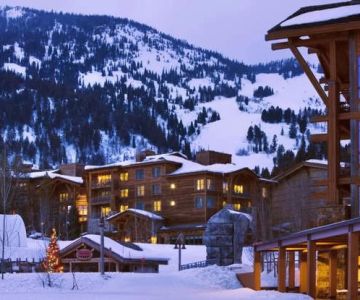

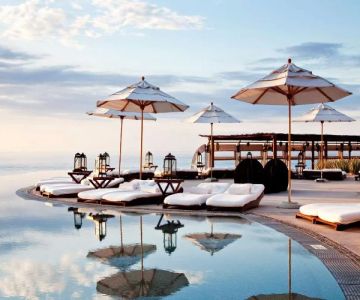
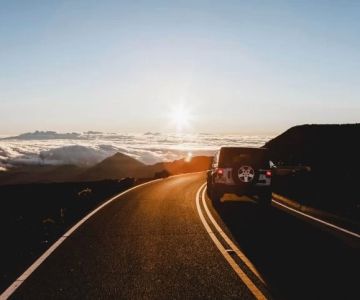
 Montpelier Mobile Home Community0.0 (0 reviews)
Montpelier Mobile Home Community0.0 (0 reviews)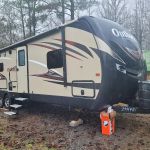 The Meadow @ Burnsy Acres0.0 (0 reviews)
The Meadow @ Burnsy Acres0.0 (0 reviews)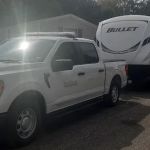 Lavey Lane Mobile Home & RV Park3.0 (49 reviews)
Lavey Lane Mobile Home & RV Park3.0 (49 reviews)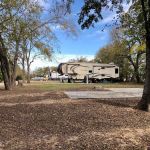 Simple Living RV Park LLC5.0 (7 reviews)
Simple Living RV Park LLC5.0 (7 reviews)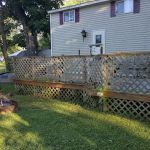 Circle K Campground4.0 (111 reviews)
Circle K Campground4.0 (111 reviews)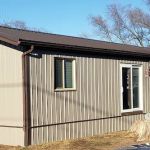 Wildwood Estates3.0 (16 reviews)
Wildwood Estates3.0 (16 reviews) Exclusive Travel Packages for First-Class Travelers: A Guide to Luxury Vacations
Exclusive Travel Packages for First-Class Travelers: A Guide to Luxury Vacations Refined Travel Experiences in Southeast Asia: Explore Luxury & Unique Destinations
Refined Travel Experiences in Southeast Asia: Explore Luxury & Unique Destinations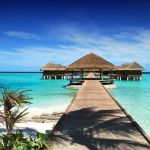 How to Make the Most of Luxury Vacation Deals: Expert Tips for Savvy Travelers
How to Make the Most of Luxury Vacation Deals: Expert Tips for Savvy Travelers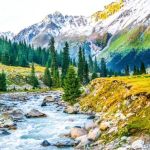 How to Enjoy a Refined Travel Experience in the Mountains
How to Enjoy a Refined Travel Experience in the Mountains Refined Travel Itineraries for Art and Culture Lovers: Explore the World of Art and History
Refined Travel Itineraries for Art and Culture Lovers: Explore the World of Art and History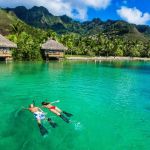 Most Luxurious Destinations for Honeymooners: Top Spots for Romance and Luxury
Most Luxurious Destinations for Honeymooners: Top Spots for Romance and Luxury